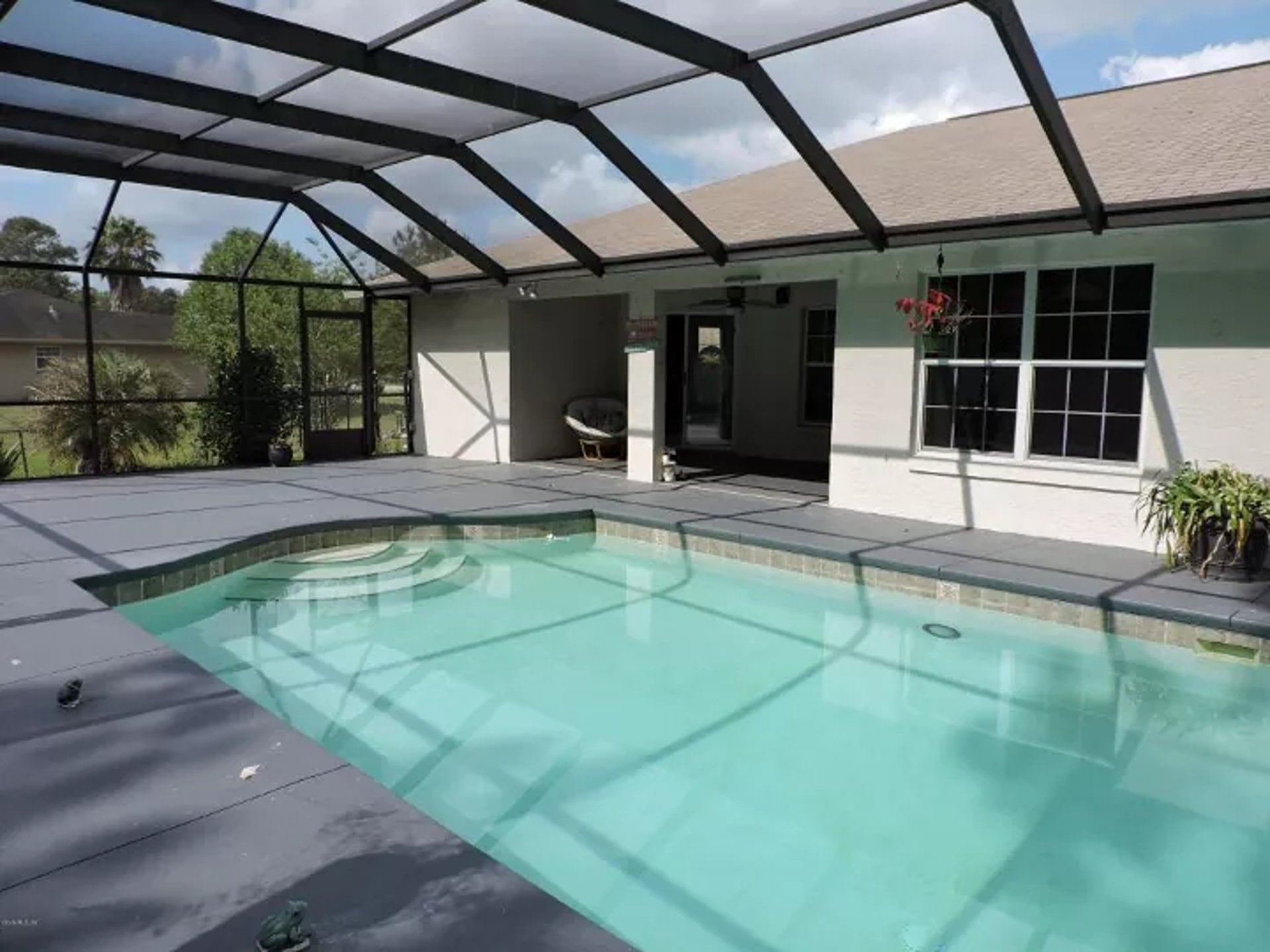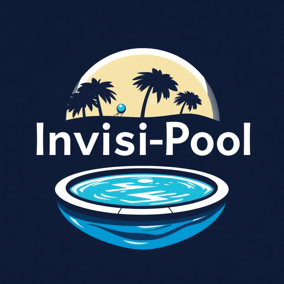
Invisi-Pool LLC
Chemical Testing and Balancing
Chemical Testing and Balancing:
1. Initial Pool Inspection and Assessment
Visual Inspection: The technician begins by inspecting the pool for any visible signs of issues such as:
Cloudy or Green Water: This may indicate imbalanced chemicals, algae growth, or poor filtration.
Debris: Large amounts of leaves, twigs, or dirt that may be affecting the water quality or filtration system.
Algae Growth: If algae are present, the technician may recommend additional treatments.
Equipment Check: The technician will quickly inspect the pool’s equipment (pump, filter, heater, etc.) to ensure it’s functioning correctly and isn’t contributing to any chemical imbalances.
2. Chemical Testing
Water Sample Collection: The technician will collect a sample of the pool water, typically from mid-depth (about 12 to 18 inches below the surface), to ensure accurate readings.
Testing Parameters: The technician will use test strips or a professional liquid testing kit to measure key chemical parameters in the pool water:
pH Level: pH measures the acidity or alkalinity of the pool water. The ideal range is 7.4 to 7.6. Low pH (acidic water) can cause skin and eye irritation, corrosion of pool equipment, and damage to surfaces, while high pH (alkaline water) can lead to scaling and reduce chlorine effectiveness.
Chlorine Level: Free chlorine levels are crucial for sanitizing the water and preventing bacteria or algae growth. The ideal range is 1.0 to 3.0 ppm. If the chlorine is too low, the pool may be unsanitary, and if too high, it can irritate the skin and eyes.
Total Alkalinity (TA): Alkalinity stabilizes pH levels and helps prevent fluctuations. The ideal range is 80 to 120 ppm. Low alkalinity can cause pH to swing dramatically, while high alkalinity can make pH difficult to adjust.
Calcium Hardness: Calcium hardness affects water balance and the potential for scaling or corrosion. The ideal range is typically 200 to 400 ppm. Low calcium hardness can lead to etching of plaster and equipment corrosion, while high calcium hardness can cause scaling on pool surfaces and equipment.
Cyanuric Acid (CYA): This stabilizer helps protect chlorine from being broken down by UV rays. The recommended range is typically 30 to 50 ppm. Too little cyanuric acid causes chlorine to dissipate too quickly, while too much can reduce chlorine’s effectiveness.
Total Dissolved Solids (TDS): The technician may also measure the TDS levels, which represents the total concentration of dissolved substances in the water. If TDS is too high, it can affect water clarity and chemical efficiency.
3. Chemical Adjustment Recommendations
Based on the water test results, the technician will recommend and add the appropriate chemicals to adjust the levels and restore balance. Here’s a breakdown of the chemicals that may be added:
pH Adjusters:
If the pH is too low (acidic), the technician will add sodium carbonate (soda ash) to raise the pH.
If the pH is too high (alkaline), the technician will add muriatic acid or sodium bisulfate to lower the pH.
Chlorine:
If chlorine levels are too low, the technician will add liquid chlorine, cal-hypo shock, or trichlor tabs depending on the situation and pool type.
If the chlorine levels are too high, the technician will allow time for chlorine to dissipate naturally or dilute it with fresh water.
Alkalinity Adjusters:
If alkalinity is too low, the technician will add baking soda (sodium bicarbonate) to increase total alkalinity.
If alkalinity is too high, the technician will add muriatic acid or dry acid to reduce it.
Calcium Hardness Increaser: If the calcium hardness level is too low, the technician will add a calcium chloride product to increase it. If it is too high, the technician may suggest partially draining the pool and refilling it with fresh water.
Cyanuric Acid (Stabilizer): If the stabilizer level is too low, the technician will add cyanuric acid to bring it to the optimal range. If too high, the technician may recommend diluting the water through partial draining or refilling the pool.
TDS Reduction: If TDS levels are excessively high, the technician may recommend draining part of the pool water and refilling it with fresh water.
4. Chemical Addition and Distribution
Chemical Addition: After determining the proper amounts of chemicals needed, the technician will carefully add them to the pool, ensuring proper distribution. Chemicals may be applied directly to the pool or diluted in water and poured in certain areas.
Chemical Mixing: The technician will typically brush the pool walls and vacuum the pool floor to help distribute chemicals evenly throughout the water. If the pool has a saltwater chlorinator or a specific type of filtration system, the technician will adjust the settings to ensure the chemicals are properly mixed.
Circulation: To aid in the proper mixing of chemicals and ensure they’re thoroughly integrated into the pool water, the technician will recommend running the pool’s pump and filtration system for several hours, depending on the size and type of the pool.
5. Final Water Testing and Adjustment
After the chemicals have been added and allowed to mix for a short period, the technician will re-test the water to ensure the levels are within the ideal ranges. If necessary, further adjustments will be made to ensure the water is properly balanced before the technician leaves.
Re-testing: The technician may perform a final round of tests for:
pH: Ensure it’s within the 7.4 to 7.6 range.
Chlorine: Ensure it’s between 1.0 to 3.0 ppm.
Alkalinity: Verify it’s in the 80-120 ppm range.
Calcium Hardness: Check that the pool’s calcium hardness is in the 200-400 ppm range.
Cyanuric Acid: Confirm that the stabilizer is in the proper range (30-50 ppm).
6. Filter and Circulation System Check
Inspection of Filtration System: The technician will inspect the pool’s filter to ensure it is functioning properly, as an efficient filtration system is essential for maintaining water chemistry. They may backwash or clean the filter (depending on the type) to remove any debris that could be hindering the pool’s ability to filter water.
Pump Operation: The technician will also check that the pool’s pump is running effectively and that the water is circulating properly to distribute the chemicals and maintain the chemical balance.
7. Client Education and Recommendations
Chemical Maintenance Tips: The technician will explain the importance of regularly testing and balancing pool chemicals to the client. They may suggest tools like test strips or liquid kits that can help the homeowner maintain the pool's chemistry between professional services.
Maintenance Schedule: The technician may recommend a regular maintenance schedule to keep the pool in top condition, including monthly or quarterly chemical balancing, depending on pool usage and weather conditions.
Safety and Best Practices: The technician will also advise the client on best practices for safe chemical handling, including when to avoid swimming (e.g., right after shock treatment) and ensuring proper storage of pool chemicals.
8. Documentation and Service Report
Service Report: A detailed service report will be provided, summarizing the testing and chemical adjustments made. The report will include:
The initial water test results.
The chemicals used and their amounts.
Any additional recommendations for future maintenance.
The status of the pool’s equipment (pump, filter, etc.).


